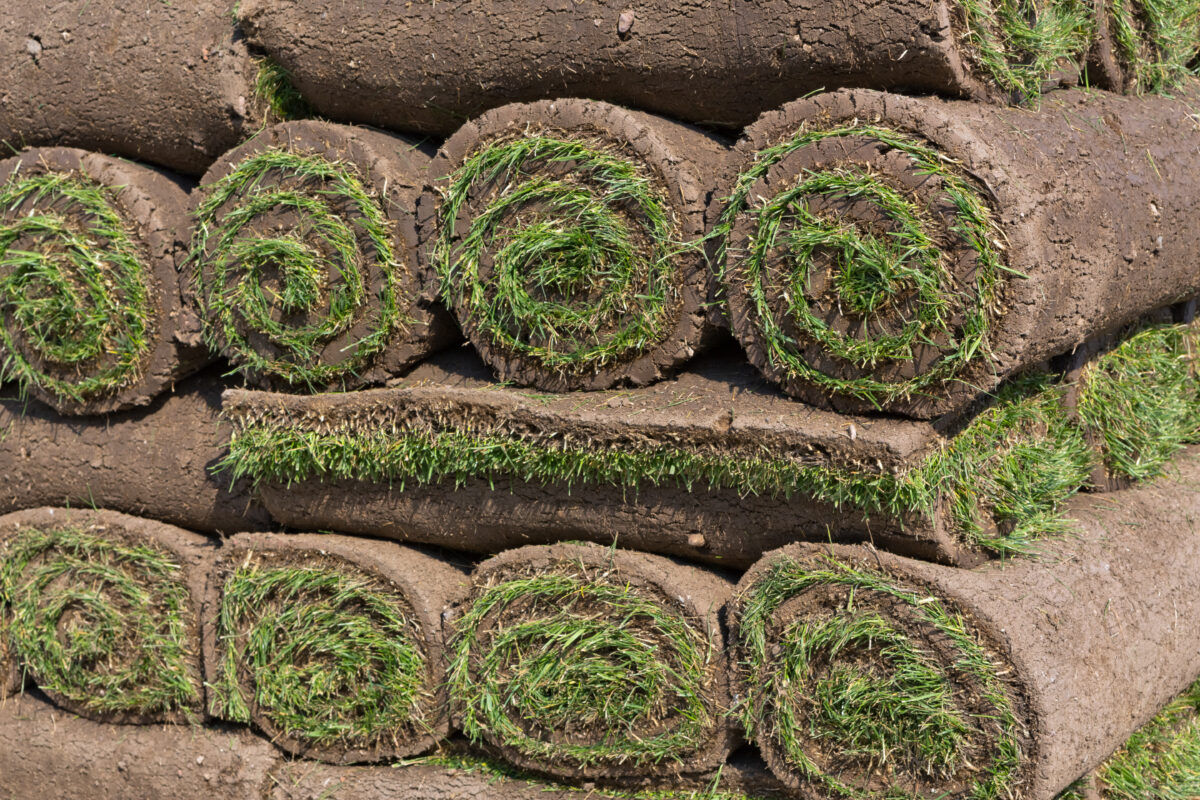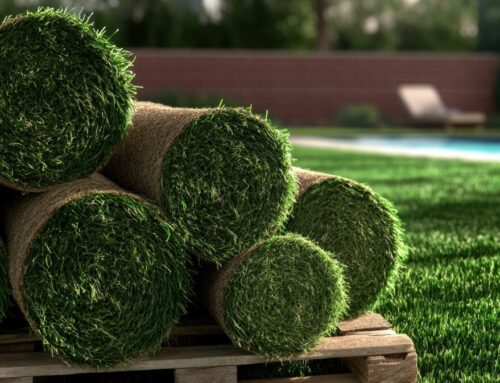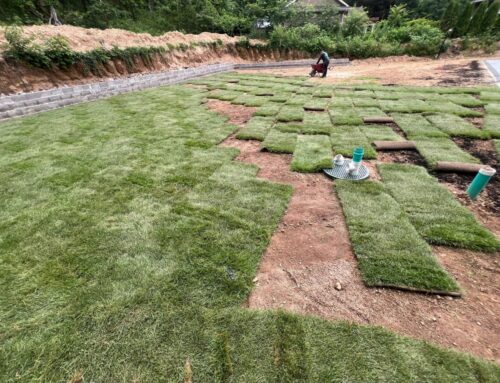If you’re planning to lay new sod on Long Island, timing is everything. While sod can technically be installed almost any time of year (as long as the ground isn’t frozen), choosing the optimal season gives your lawn the best chance at taking root quickly and thriving long-term.
Nassau and Suffolk counties have similar climates, but there are subtle differences between them, especially when it comes to humidity, soil types, and even local watering restrictions. Here’s what you need to know to plan your sod installation at the right time of year.
The Two Best Seasons to Lay Sod on Long Island
Long Island has two “prime windows” for sod installation:
Early Spring (Mid-April to Late May)
• Temperatures are mild
• Rainfall is typically consistent
• Sod has time to root before the heat of summer
Spring gives your lawn time to establish before being hit with Long Island’s brutal July and August heat. If you’re using cool-season grasses like Fescue or Kentucky Bluegrass, this is your sweet spot.
Early Fall (September to Early October)
• Soil is still warm, promoting quick root growth
• Cooler air reduces stress on the sod
• Less weed competition and disease pressure
Fall is often overlooked but is an excellent time to lay sod—especially in Suffolk County where coastal breezes can keep early autumn cooler and more moist than inland Nassau.
When to Be Cautious
Summer (June to August)
You can install sod in the summer, but it’ll require more effort:
• Daily watering (sometimes 2x/day)
• Risk of transplant shock if heat spikes
• Fungal disease risk with too much moisture
Still, if summer is your only option—no problem. Just plan for extra irrigation and hands-on care in those first 2–3 weeks.
Winter (December to February)
Avoid sod installation during deep winter. Frozen or snow-covered ground won’t allow the roots to bond properly, and the sod will just sit dormant. If your project can wait, hold off until March or April.
Nassau County vs. Suffolk County: Does Timing Differ?
While the general seasons apply to both counties, here are a few hyper-local notes:
Nassau County
• Slightly warmer microclimate thanks to dense housing and infrastructure
• Soil may be more compacted, which means good soil prep is key
• Watering restrictions can vary from town to town
Spring installations in Nassau often do very well if done in mid-April to early May before heat builds.
Suffolk County
• More open land, breezy coastal exposure
• Sandy soil drains faster—so plan to water more frequently
• Fall is especially great here due to warm ground temperatures and less rainfall runoff
Early September through mid-October is ideal for Suffolk homeowners installing sod types like Zoysia or Fescue.
Sod Type Also Impacts Timing
| Sod Types | Best Install Time | Notes |
|---|---|---|
| Fescue Blend | Spring or Fall | Avoid summer installs unless you’re committed to daily watering |
| Kentucky Bluegrass | Spring (best), Fall (okay) | Roots well in spring – loves cooler temps |
| Zoysia | Late Spring to Early | Needs warm soil to activate growth |
| Tall Fescue | Fall (best) | Quick rooting and strong fall performance |
Pro Tips for Long Island Sod Success
- Prep your soil before your sod delivery (till, level, and test if needed)
- Water immediately after installation—don’t wait
- Limit foot traffic for the first 2–3 weeks
- Follow a light fertilization schedule once roots have taken
Plan Ahead—Your Lawn Will Thank You
Whether you’re in Nassau’s bustling suburbs or Suffolk’s scenic coastal towns, your sod will perform best when it’s installed at the right time. At Long Island Sod Company, we can help you choose the best sod variety and the right timing to match your yard’s specific needs.
Ready to book your sod installation?
Contact us today for scheduling recommendations based on your ZIP code and sod type.







